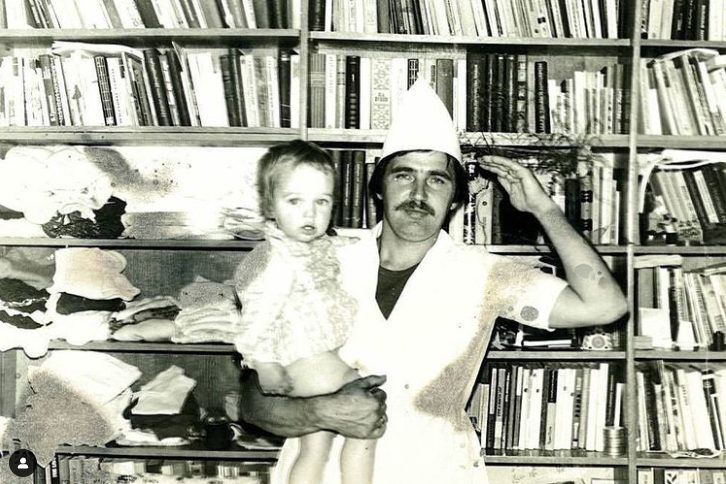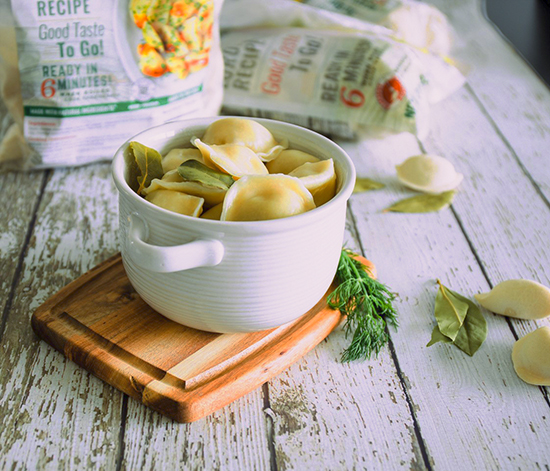
Love our pies? Us too!
Learn more about what makes the piroshky a time-honored unique, versatile, and amazing menu item loved worldwide.
Once you “know your dough” you can put the PRO in piroshky. 🙂
How do you pronounce piroshky?
Piroshky, (Pee-roash-KEE)
What are piroshky?
Piroshky (also Romanized as “pirozhki”) are leavened buns stuffed with a filling, typically either fried or baked.
What is piroshky filled with?
Common choices include meats, vegetables like sautéed cabbage, mashed potato, fried mushrooms, or sweet items like fruits and jams. The secret to amazing piroshky is the filling.

Where are piroshky from?
Piroshky are a cuisine native to Eastern Europe, where they remain popular, particularly in Russia and Ukraine.
Migrating Eastern Europeans brought their recipes with them, and piroshky are now a common fast food as far east as Kazakhstan, Tajikistan, Uzbekistan, Turkmenistan, Kyrgyzstan, and Mongolia.
Today, piroshky is a global food with many regional variations. They can be enjoyed as fast food and even as dessert. Some popular variations of piroshky are:
- Baltic: baked, traditionally in a crescent-shaped bun.
- Balkan: Speķrauši, fried, typically sold as fast food
- Greece: πιροσκί, popular as a fried fast food
- Iranian: پیراشکی, commonly filled with pastry cream and served as a dessert
- Finland: Lihapiirakka, a mix of sweet dough, minced meat, and rice
- Japan: ピロシキ, usually breaded with panko before frying
- Korea: 피로시키, frequently filled with ground meat, egg, noodles, and onion
How do you eat piroshky?
With your hands, of course! Piroshky is designed to be eaten directly from the hand without plates or flatware. Although you can eat piroshky hot or cold, the tastiest is when they’re pulled straight from the oven. Traditionally people enjoy piroshky as a snack or part of a meal.

What does the word piroshky mean?
The word piroshky (пирожки́) is a diminutive form of pirogi (пироги), the Russian word for “pies.” Literally, piroshky translates to “pielings” or “piesies.” Both words are plural; the singular of piroshky is piroshok (пирожок) and the singular of pirogi is pirog (пирог).
How long have piroshky been around?
People have been making piroshky for at least a thousand years. They were present at and documented at feasts in medieval Kyiv, at tables of Vladimir the Great.
It’s popularly believed that the wives of eighteenth-century mine workers developed them as convenient lunches for their husbands to take to work.
Piroshky remain popular today just as much for their convenience as their deliciousness.

What does piroshky look like?
A typical piroshok is roughly rectangular (or occasionally crescent-shaped)Traditional Piroshky are most commonly shaped like an ellipse, and then the second most common form is roughly rectangular. They are made of yeast-leavened dough that completely encloses its filling.
Similar Eastern European pastries of other shapes include coulibiac, kalitka, rasstegai, khachapuri, and vatrushka.
Piroshky are usually large enough to fit comfortably in the hand, although smaller versions can be served with soups.
What’s the difference between pierogi and piroshky?
The Russian word pirogi and the Polish word pierogi are homonyms. Despite the phonetic similarity, the words describe different types of cuisine: pirogi can be any type of baked or fried pie, while pierogi are boiled stuffed dumplings.
The Russian word for dumplings is “pelmeni” and the Ukrainian word for dumplings is varenyky.

Can you freeze piroshky?
Yes, you can! Frozen, piroshky keeps for 4 to 6 months. Sweet piroshky can be left at room temperature for 2 to 3 days, but also freeze nicely. We recommend sealing in an airtight container or plastic before freezing.
Can you reheat piroshky?
Absolutely! Piroshky are happiest when warmed in the oven, 325° F to 350° F wrapped in foil. Approximately 10 minutes if refrigerated. If frozen, make sure that your piroshky are completely thawed before reheating to ensure that they will reheat evenly from the inside and out.
(Pro-Tip: Please keep an eye on your pie, as oven temperature varies.) You can also view our microwave oven recommendations here: reheating instructions
BONUS Facts:
- Piroshky Piroshky owns a trademark on the shape of our Smoked Salmon Pâté Piroshky. Only a few other companies, who were producing salmon piroshky of a similar shape before we secured the trademark, are allowed to duplicate our pattern.
- Piroshky found its way to America with the surge in immigration among Russian Jews escaping religious persecution in the late nineteenth century.
- The phrase on the back of our t-shirts (вот такие пироги) is pronounced “vote teh-KEE-yeh pyer-oh-GHEE” and translates as “These are the pies.” The phrase is colloquial; if declared confidently, it conveys strong confidence in the quality of our product.
- Although potatoes make a satisfying filling for piroshky today, potatoes were not commonplace in Russia until the mid-nineteenth century. Before that, turnips and rutabagas were the primary root vegetables.

